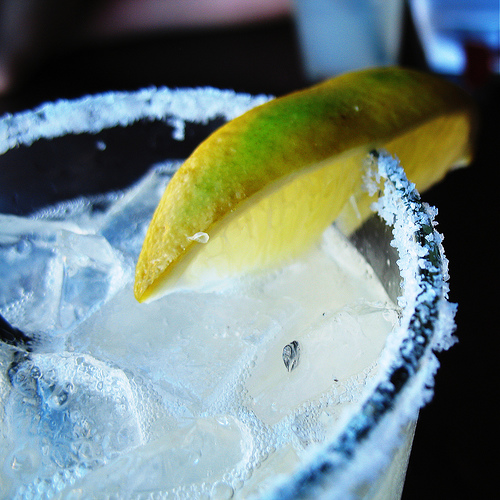
On October 18, 2011, the Southern Nevada Health District (SNHD), Office of Epidemiology received reports of gastrointestinal illness from two independent groups of patrons of Restaurant A located in Las Vegas. People from both groups ate during dinner hours at the restaurant on October 14, 2011. Of the eight people from the two groups, seven reported symptoms of diarrhea and/or vomiting after they consumed food from Restaurant A.
In response to these illness reports, the SNHD initiated an investigation. symptoms, and identical norovirus (NoV) genetic sequences were detected from ill persons of two independent dining parties. No ill person was hospitalized, and no death occurred.
NoV can spread via direct contact with NoV?containing fecal matter or aerosolized vomitus, or by indirect contact with them via environmental surfaces. The high propensity of NoV for person?to?person  spread might explain illnesses among primary?cases and their household contacts. The outbreak appeared to have been confined to Restaurant A and did not spread to the general community.
spread might explain illnesses among primary?cases and their household contacts. The outbreak appeared to have been confined to Restaurant A and did not spread to the general community.
Ice water and margaritas were significantly more likely to be consumed among primary cases when compared to controls diners, and were consumed by nearly all primary?case diners.
Drinking water or ice contaminated with NoV has resulted in outbreaks in food?service settings. However, the contamination of frequently served food items such as water and ice (also a main ingredient for margarita) in a high?volume restaurant would have resulted in numerous diners becoming ill, and cannot explain the relatively small number of diners who complained of illness after eating at Restaurant A on and after October 14. An alternative explanation may be that infected staff member(s) might have contaminated the food prior to serving them to customers.
The low inoculums (≥18 viral particles) required for transmission of NoV, and prolonged period of fecal shedding of the virus can enable infected food handlers to contaminate food products . Additionally, the majority of interviewed staff at Restaurant A admitted to pouring and serving drinks, and frequently placing garnishes (e.g. lemons, limes, and other fruits) into beverages prior to serving them to customers. Coupled with EH observations that employees handled ready?to?eat food using bare hands, the contamination of beverages with NoV could have occurred via infected worker(s) using bare hands to dispense or garnish beverages. Minimizing bare hand contact with ready?to?eat food is recommended as a mean of interrupting disease transmission. Workers whose job duties include preparing food and beverages must minimize bare hand contact with ready?to?eat food, including items used as garnishes for food and drinks.
Abstract below:
We describe an investigation of an outbreak of norovirus infection at a restaurant in Las Vegas, Nevada that was suspected to be associated with restaurant staff using bare hands to place garnishes into beverages. We conducted a case?control study and surveillance for additional illnesses, performed inspections of the restaurant, and collected stool specimens to test for norovirus. Eight ill restaurant patrons and 23 control subjects were interviewed.
Univariate analysis showed several food items were associated with illness, but only ice water and margarita were consumed by members of all affected dining groups. Four stool specimens were positive for norovirus by real?time reverse transcriptase?polymerase chain reaction, with all four sequenced specimens being identical and closely related to norovirus strain GII.4J Apeldorn NLD07. To prevent such outbreaks, restaurant workers whose job duties include
preparing food and beverages must minimize bare hand contact with ready?to?eat food, including items used as garnishes for food and drinks.
